The AIDS epidemic (which occurred in the early 1980s) was more than a public health crisis. It went on to re-define several aspects of society morally, politically, and culturally. Like several crisis situations across historic nations, the collective blame, discrimination and ostracisation fell on queer individuals. A retrovirus, HIV attacks the immune system and if untreated leads to a series of serious immunity conditions called AIDS.
While the virus devastated several individuals, particularly queer ones, it also catalysed an unprecedented wave of resilience, resistance, and solidarity. Queer resilience during this time must be understood not just as an individual psychological strength, but as a collective reimagining of care, identity, and survival amid abandonment.
Social abandonment at structural level- a historical analysis of the AIDS epidemic
The virus originated in non-human primates of Central Africa, and transferred to affect humans around the 19th or 20th century. The AIDS epidemic officially began in 1981, when the Centers for Disease Control and Prevention (CDC) reported rare cases of pneumonia in 5 gay men in Los Angeles, USA. It was only by 1983, that HIV had been identified as the cause of AIDS. Since then, the disease spread rapidly within the USA, reaching over 100,000 cases by 1989.
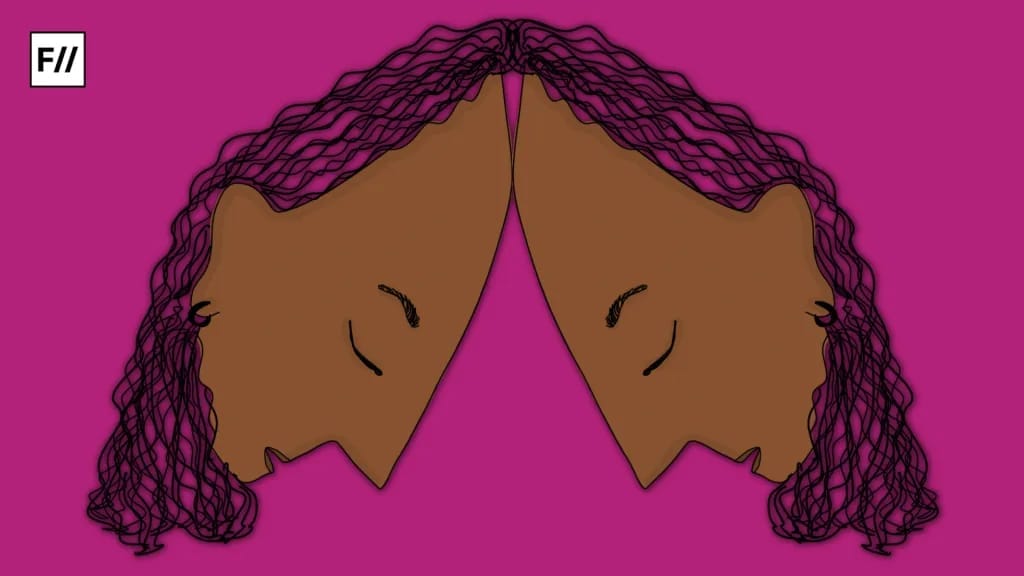
However, despite such an unprecedented death toll, the state’s response was slow and dismissive. President Reagan did not publicly address the crisis until 1985. Queer individuals, particularly gay men and trans women, were stigmatised and vilified by the media, reinforcing the existing moral panic and false stereotypes around homosexuality, and how HIV-AIDS was rumoured to spread more via sexual contact between queer individuals (which is not backed by research).
In India, the first AIDS case was detected in Chennai in 1986. The government responded with a repressive AIDS Control Programme in 1987, which advocated for interventions modelling quarantine methods with initiatives like “contact tracing” (tracking the number of people affected individuals have had contact with) and mandatory testing of sex workers, drug users, and ‘MSM’s (men who have sex with men).
Largely based on how other countries like the USA was approaching the containment of the virus, the Indian state began its approach with queer individuals and sex workers in what is undue medical prejudice. Many individuals were imprisoned without a legal basis for their arrest. Activists later succeeded in pushing for a shift to a rights-based AIDS policy, but only after sustained pressure from human rights groups and international agencies like the World Bank and WHO.
Activists later succeeded in pushing for a shift to a rights-based AIDS policy, but only after sustained pressure from human rights groups and international agencies like the World Bank and WHO.
What resulted was severe forms of exclusion (caused by government discrimination), which subsequently melded into collective trauma. Scholars Reed and Miller spoke about how queer individuals, especially young Black gay and bisexual men in the USA, experienced layered vulnerabilities due to “syndemics” (what they call the social operation of aspects like poverty, racism, trauma, and homophobia).
They claim that this made resilience to the social discrimination due to AIDS a forced strategy for survival. In India, the AIDS epidemic triggered increased state repression, especially under Section 377 of the IPC, which criminalised homosexual acts.
Queer mobilisation: intrapersonal and collective resilience
At the individual level, many HIV-positive queer people redefined their relationship with illness and identity. Some HIV-positive gay men (as known through an Australian psychological study) built resilience through some psychological defense mechanisms. Some of these are cognitive reframing (a different perception of their health conditions as opposed to what the media was stating about it then), and asserting their self-worth.
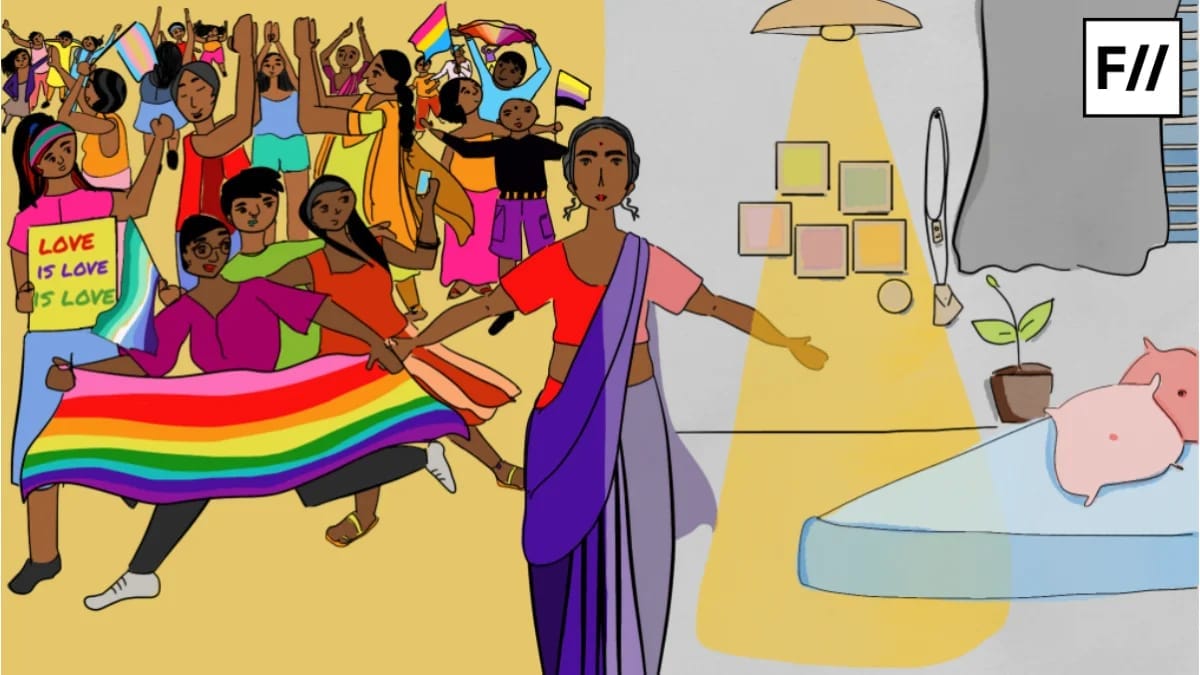
A study by scholar Kole explained how emotional resilience for HIV-positive gay men is a dynamic and uncertain social process that requires trust, selective disclosure, and community validation. This is something several Indian queer individuals were reported to experience, where many still do not identify with Western sexual identity labels. In an environment that was socially opposed to their very existence, the individual perception of one-self becomes extremely important, especially in a time when the combination of inadequate research and existing homophobic sentiment came together to spread queer hate and prejudice.
On the other hand, collective action was equally vital. In India, several queer and HIV-positive support organisations emerged during the 1990s and 2000s, such as Humsafar Trust and Voices Against 377. They were largely supported by donors financially. Nevertheless, these organisations helped reduce HIV prevalence among MSMs and more importantly, served as essential spaces for queer affirmation.
More notably, mobilising resilience through entertainment and art had a much wider reach and effect than legislations and physical support in terms of the existing social stigma.
More notably, mobilising resilience through entertainment and art had a much wider reach and effect than legislations and physical support in terms of the existing social stigma. International film festivals like the Larzish (2003) and memorial events like those for Siddhartha Gautam (who was most known for his report Less Than Gay) served as a platform for cultural assertion of existing queer identities, de-stigmatised from the ongoing narratives during the epidemic. Globally, several individuals conducted protests and demonstrations for more public education, and demanded more research funding and equitable access to treatment.
The intersectional nature of resilience during the AIDS epidemic
Like all forms of social support, access to resilience-building mechanisms was shaped by class, caste, language, urban-rural divides, and geopolitical dynamics. The scholar Kole talks about how financial globalisation (for the sake of harnessing support for queer communities) in itself led to a Westernisation of how queer identities in India were conceived of. He argued that this process misconceived diverse sexualities (like transgender individuals who identify as hijra or kothi). Instead, they were incorporated into fixed “LGBT” categories more legible to international donors. This helped channel funds and legal advocacy but inevitably excluded less privileged or English-speaking queer individuals.
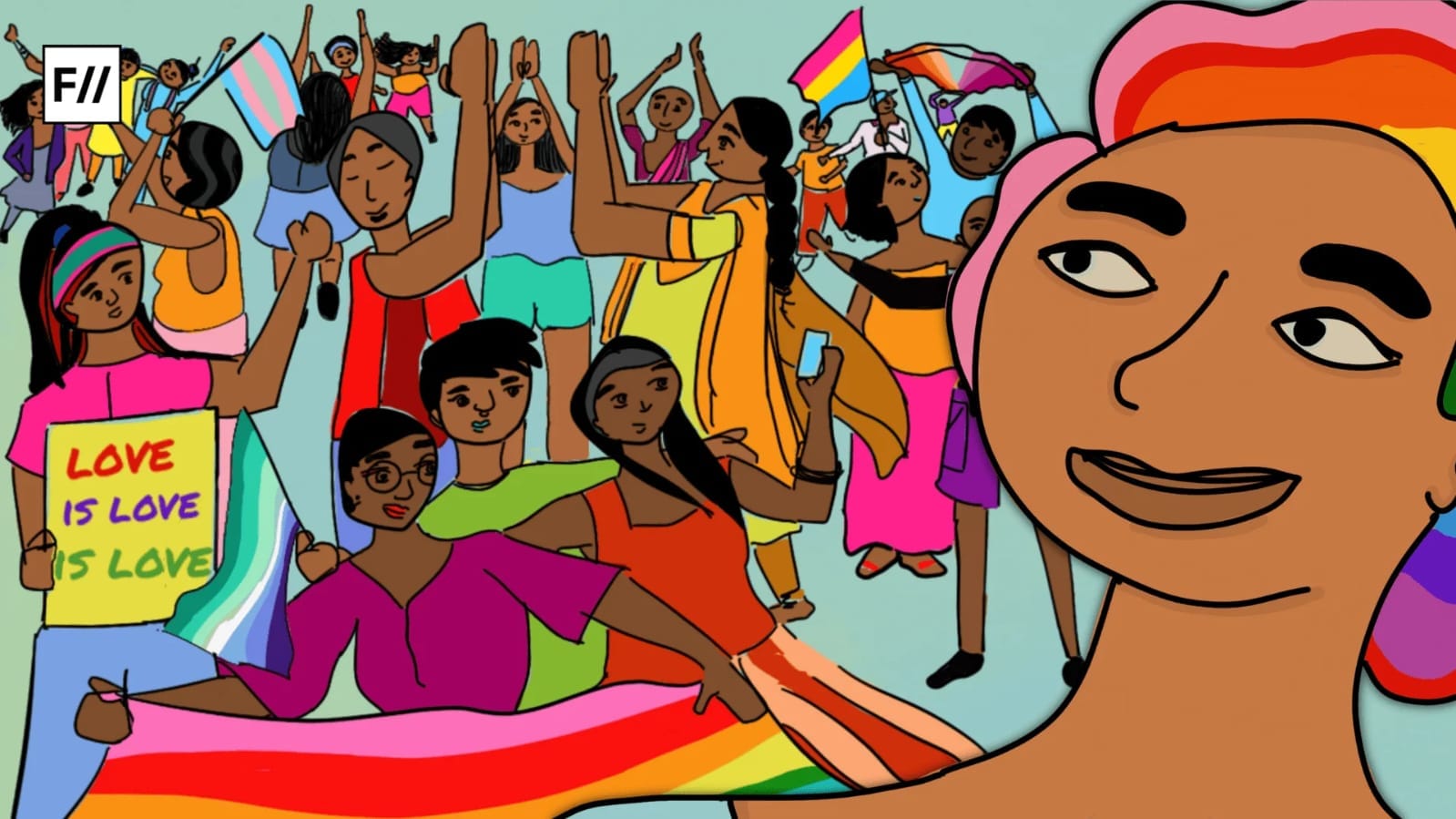
Queer resilience during the AIDS epidemic was not merely a reaction to adversity but a radical reimagining of community, care, and resistance. Their resilience was shaped during a conflicting period, but was rooted in community, intersectionality and opposition to existing and oppressive governmental structures. The formation of several community and grassroot led groups has only resulted in more education about the cause and the creation of a safer environment where individuals can express themselves freely. Prevalent stereotypes and prejudice still exist and are still pervasive, but the many forms of resilience shown by people tell us that there is still hope for the long way to go for queer progress.
About the author(s)
Lakshmi Yazhini is a post graduate student, pursuing an Integrated Masters in Development Studies, at the Indian Institute of Technology Madras. Based in Chennai, Yazhini has an avid research interest in the intersectionality of feminist geography and the state, in peripheral cities. In her free time, she likes to bake, do yoga, read fiction and pen down her thoughts in her journal (which are most often about the micro inequalities around her). Yazhini hopes to explore, write and make a difference about these as a policymaker some day.



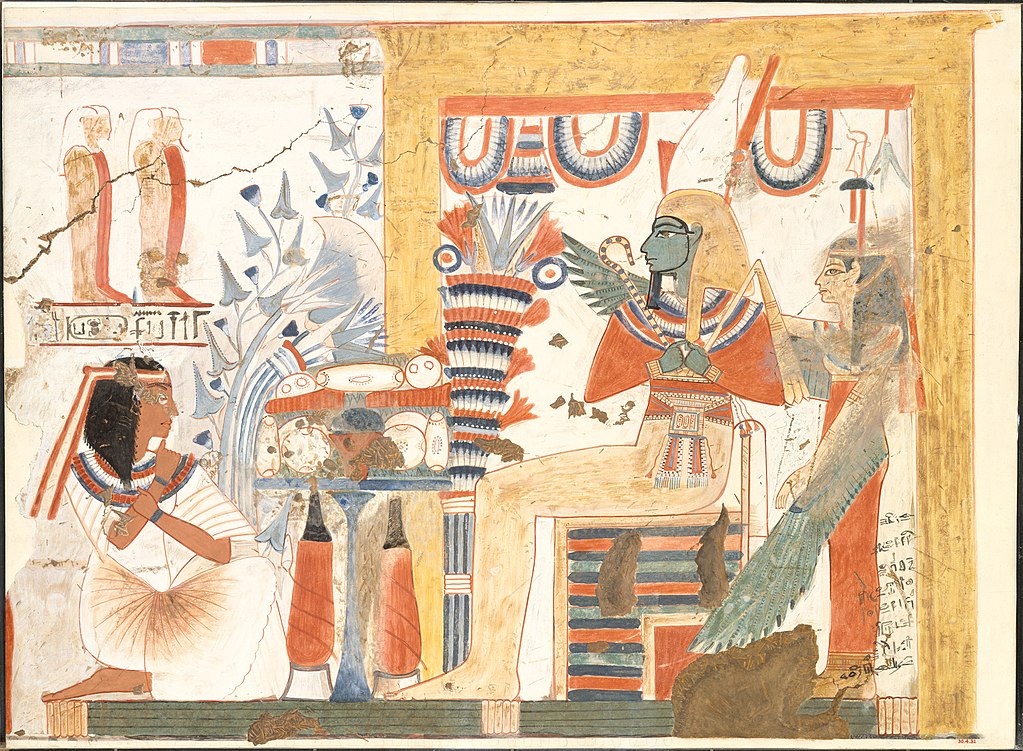
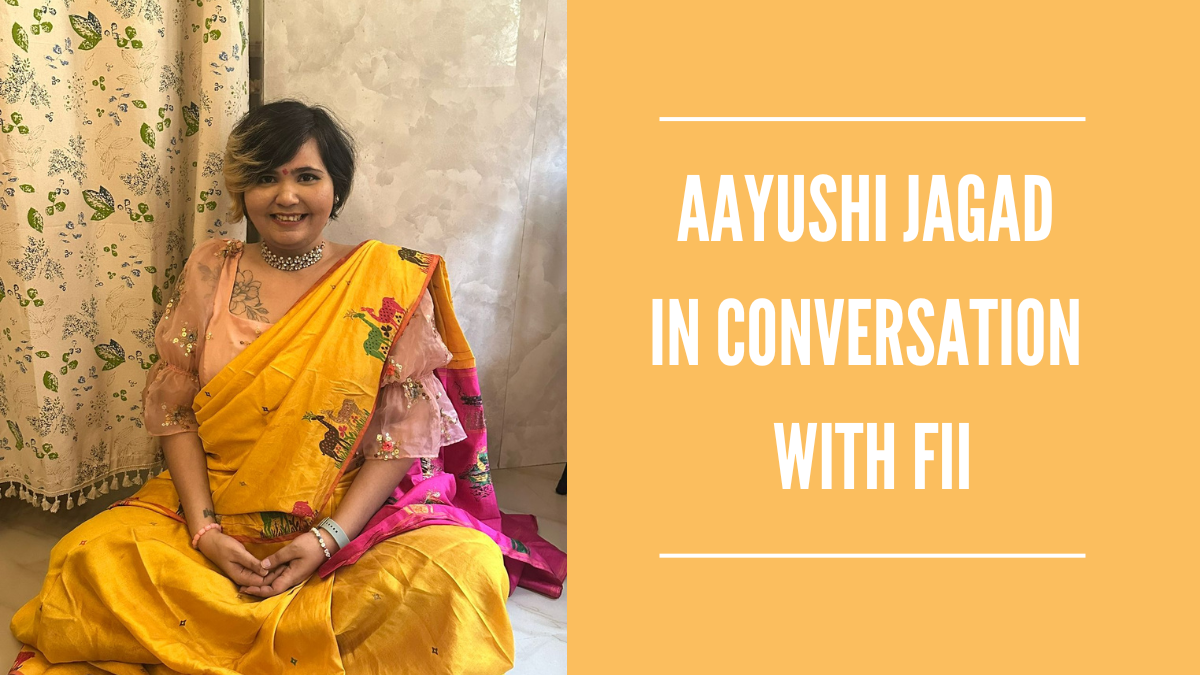

sharing with friends